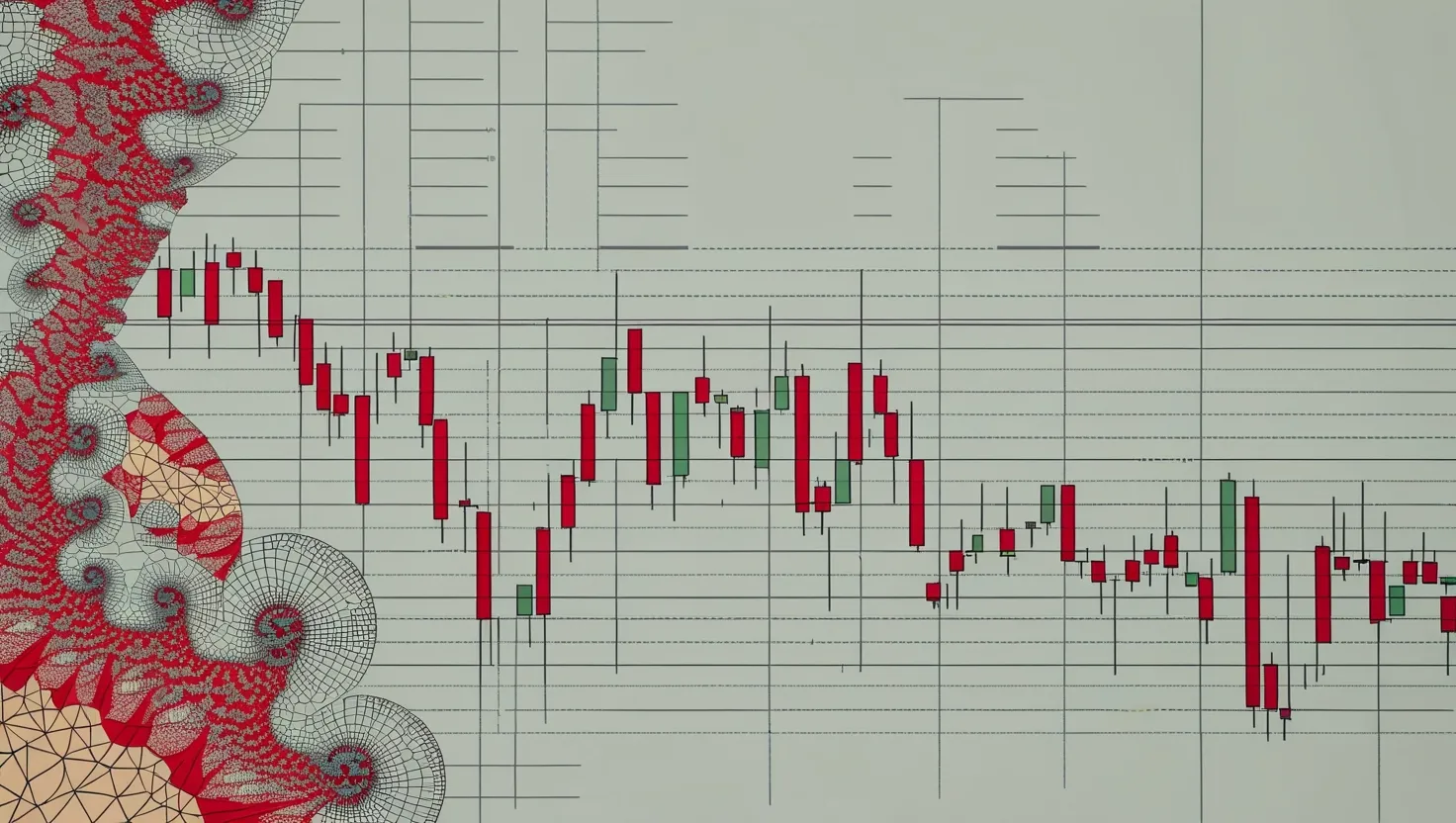In the world of finance, the concept of time can be a powerful ally or a formidable foe, depending on how you approach it. As an investor, understanding the nuances of time and how it influences market perceptions can be the key to unlocking significant returns. This strategy, often referred to as temporal arbitrage or time arbitrage, involves exploiting the mismatches between short-term market reactions and long-term intrinsic value.
Imagine you’re at a beach, watching the waves. Each wave represents a different time horizon – from the short, choppy waves of day traders to the long, rolling swells of long-term investors. The art of temporal arbitrage is about identifying and riding these waves, capitalizing on the discrepancies between how the market values assets in the short term versus the long term.
The Short-Term Myopia
Most investors, whether individual or institutional, have short time horizons. They are often driven by the need for quick returns and are heavily influenced by short-term news and market fluctuations. This creates a scenario where companies might be undervalued due to temporary issues that have little impact on their long-term prospects. For instance, if a company misses its quarterly earnings target due to a one-time event, the market might overreact and drive the stock price down, even though the company’s fundamental value remains intact.
The Long-Term Perspective
To exploit this, you need to adopt a longer-term perspective. This means looking beyond the immediate future and focusing on how a company might perform over the next few years. It involves asking critical questions: Is the company structurally sound? Has there been a significant change in the competitive landscape? Is the balance sheet strong? By answering these questions, you can determine if the current market price is a temporary anomaly or a reflection of deeper issues.
Real-World Examples
Consider a company that is developing a new product. In the short term, the market might be skeptical due to the high development costs and the uncertainty of the product’s success. However, if you believe in the company’s ability to execute and the potential market demand for the product, you might see an opportunity to buy the stock at a discounted price. Over time, as the product launches and gains traction, the market will likely reevaluate the company’s value, driving the stock price up.
Another example is the story of ticket scalpers. These individuals buy tickets at current prices, anticipating that demand will increase closer to the event, allowing them to sell the tickets at a higher price later. This is a classic example of time arbitrage, where the scalper profits from the difference in price between the present and the future.
The Power of Compounding
One of the most compelling aspects of temporal arbitrage is the power of compounding. When you hold onto investments for longer periods, you allow the returns to compound, leading to exponential growth. For instance, if you invest in a company with strong fundamentals and hold it for 10 years, the cumulative effect of annual returns can be staggering. This is why many successful investors emphasize the importance of a long-term horizon.
Reducing Market Friction
Investing with a long-term mindset also reduces market friction. Short-term trading incurs higher transaction costs, taxes, and the risk of making investment mistakes due to market timing. By holding onto your investments for extended periods, you minimize these costs and avoid the emotional rollercoaster that comes with short-term market volatility.
Emotional Discipline
Emotional discipline is crucial in temporal arbitrage. Short-term thinking heightens the impact of emotions like fear and greed, which can lead to poor investment decisions. When you focus on the long term, you are less likely to be swayed by immediate market fluctuations. This allows you to stay committed to your investment thesis, even when the market is volatile.
Industry Examples
Warren Buffett’s approach to investing is a prime example of temporal arbitrage. His favorite holding period is “forever,” reflecting his commitment to long-term value investing. Buffett’s strategy involves identifying great businesses that are trading at discounted valuations due to short-term market overreactions. By holding onto these investments for decades, he has been able to achieve remarkable returns.
Market Inefficiencies
The market is inherently inefficient, especially when it comes to time horizons. Day traders focus on minute-by-minute fluctuations, while swing traders look at trends over days or weeks. However, the real opportunities lie in the longer term. When everyone else is focused on the short term, you can exploit the inefficiencies that arise from this myopic view.
Practical Application
So, how can you apply this strategy in your own investing? First, you need to develop a multi-dimensional perspective. This involves understanding the company’s fundamentals, its competitive advantages, growth potential, and management quality. You also need to be open-minded and intellectually honest, avoiding the behavioral biases that can blind you to negative information.
Next, you should focus on identifying companies that are undervalued due to short-term issues. This could be a company facing a temporary setback, a new product launch, or a major cost reduction program. By analyzing these situations, you can develop an alternate thesis that most investors have overlooked.
Case Studies
Consider the case of Greenhaven, a fund that has achieved average annual returns of nearly 19% over the past 25 years. Greenhaven invests with a two to four year time horizon, ignoring the near-term outlook for its holdings. This approach has allowed them to capitalize on the mismatches between short-term market perceptions and long-term intrinsic value.
Academic Research
Research supports the idea that long-term investors outperform their short-term counterparts. A landmark study found that high active share managers who traded their portfolios infrequently outperformed their more active counterparts by 2-3% per year, net of fees, over the long term. This underscores the importance of patience and a long-term perspective in investing.
Conclusion
Temporal arbitrage is not just a strategy; it’s a mindset. It’s about seeing beyond the immediate horizon and understanding how value evolves over time. By exploiting the mismatches between short-term market reactions and long-term intrinsic value, you can generate superior returns and turn the market’s myopic tendencies into your strategic advantage.
In essence, temporal arbitrage is like surfing the waves of time in the financial ocean. You need to be able to identify the perfect swells where present and future valuations collide. With the right perspective, patience, and emotional discipline, you can ride these waves to achieve remarkable financial success. So, the next time you’re considering an investment, remember to look beyond the immediate future and see the journey through different time scales – it could be the key to unlocking hidden value and generating enhanced returns.






